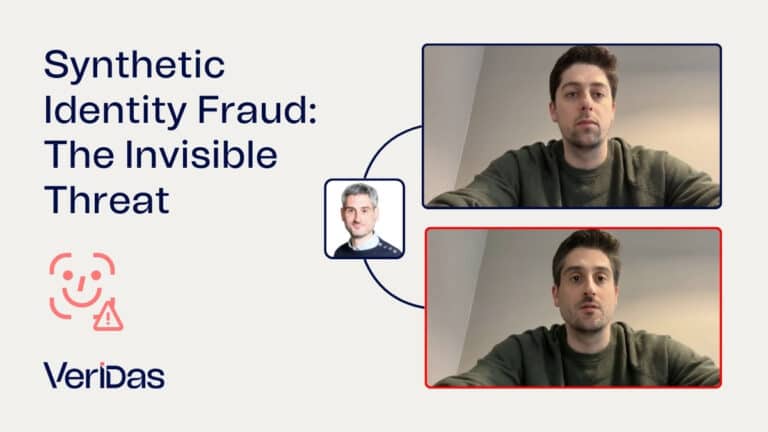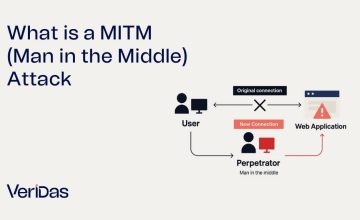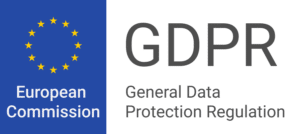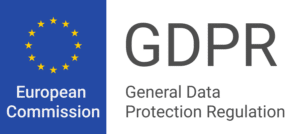Fraud Detection & Prevention Solution
Veridas: Your shield to detect and prevent evolving identity fraud threats














/The problem of fraud detection
Identity Theft and Fraud
Deepfake and Spoofing Attacks
Regulations and Fraud Prevention Balance
/Are you aware of identity fraud threats?
/Preventing identity theft: An urgent fight against escalating fraud
/Ways to prevent identity fraud

Robust Identity Verification Processes
Injection Detection Capabilities
Injection attack detection
Injection attacks enable fraudsters to bypass security measures by inserting manipulated data—such as deepfakes, synthetic images, or fake documents—into verification systems. To prevent this, our technology detects and blocks these attacks in real time. Using virtual camera detection, man-in-the-middle attack prevention, and AI-powered deepfake analysis, it ensures that only genuine, live users are verified.
Advanced injection attack detection
Fraudsters now exploit manipulated devices, such as emulators, virtual machines, and bots, to bypass security measures. Our advanced injection attack detection closes this security gap by detecting and blocking these threats in real time, preventing large-scale fraud before it happens. In addition to highly secure identity verification, it analyzes device integrity to ensure the trustworthiness of the entire process.


Proprietary Technology with Global Reach
Certified Technology
Technology:




Regulation:





/Detect every type of fraud
DOCUMENT FRAUD
Presentation attack
Injection attack
FACE FRAUD
Presentation attack
Injection attack
VOICE FRAUD
Presentation attack
Injection attack
/Strengthen Your Security with Advanced Injection Attack Detection
Stop fraud before it happens
Detect & block manipulated devices before fraud happens
Real-time protection against sophisticated injection attacks
Seamless integration
/Protect your business against fraud

Document Fraud

Identity theft during customer onboarding

Contact Center Scam
/Best identity fraud protection




Natalia Ortega
Global Head of Financial Crime Prevention, BBVA
“The incorporation of biometrics into our processes has not only kept fraud and identity theft levels under control but has also been positively received by our customers. Today, our customers demand the perceived security that biometrics provide because it makes them feel safe.”

Emma Pérez
KYC Manager – Digital Signature and Data Quality at Orange

“We have significantly reduced fraud in processes with KYC, and fraudsters now only target use cases where these security measures are not implemented. That is why the expansion of these solutions is gradually being applied to all use cases.”

David Fernández
CEO of Grupo VID

“Fraud is unstoppable. Either you defend yourself with tools like biometrics, or it becomes impossible.”
/Beat identity fraud with our advanced fraud detection solutions

/FAQs about fraud prevention and detection
What Types of Injection Attacks Exist?
Injection attacks enable fraudsters to bypass security by inserting manipulated data into verification systems. Here are the types we detect and prevent:
- API Security: Block unauthorized API requests that could inject malicious content with robust security measures, including API key authentication, IP filtering, and advanced security protocols.
- Virtual Camera Detection: Detect and block fake cameras to prevent fraudulent images or videos from being injected as if captured by a real camera.
- Man-in-the-Middle Attack Detection: Identify and prevent image tampering before biometric processing by detecting digital alterations, compression, formatting changes, and cropping.
- Business Intelligence Techniques: Monitor multiple parameters to ensure the integrity of the identity verification process, confirming it is executed end-to-end on the same device and preventing external data injection.
- Deepfake Detection: Analyze and identify artificially generated images, videos, and voices using AI-trained algorithms that distinguish genuine content from deepfakes, ensuring only authentic data is processed.
What Types of Advanced Injection Attacks Exist?
Advanced injection attacks enable fraudsters to manipulate devices to bypass security controls. Here are the types we detect and prevent:
- Emulators: Software tools that replicate legitimate devices, such as smartphones, within controlled environments. Our system detects inconsistencies in device metadata, anomalies in interactions, and signs of emulation to prevent fraud.
- Bots: Automated scripts designed to circumvent security measures. Using behavioral biometrics and anomaly detection, we identify and block bot activity, ensuring only real users gain access.
- Virtual Machines: Simulated environments that mimic physical devices to bypass security layers. Our system inspects runtime characteristics to detect and prevent fraud attempts using virtualized systems.
- Developer Tools: Specialized tools used to manipulate biometric data. Our technology blocks these tools, ensuring the integrity of the verification process.
What is deepfake detection?
A deepfake is an advanced form of synthetic media that uses artificial intelligence (AI) and machine learning to generate hyper-realistic yet fabricated content, including images, videos, and audio recordings.
Deepfakes can accurately replicate the appearance, voice, and mannerisms of real individuals, making it difficult to differentiate between genuine and manipulated media.
What Are Synthetic Identities?
In this context, synthetic identities are artificially created identities that combine real and fake information to bypass security measures. Fraudsters use them to open accounts, commit financial fraud, and evade detection.
How Can Gen AI Affect Me?
In the realm of fraud, Generative AI accelerates the industrialization of fraudulent activities. It enables fraudsters to create highly convincing deepfakes, synthetic identities, and automated attacks at scale, making fraud more sophisticated, frequent, and harder to detect. As a result, businesses face increased risks, including identity theft, financial losses, and reputational damage.
/Preventing and detecting identity fraud

In today’s digitally interconnected economy, understanding what is a watch list is no longer optional. Whether you operate in banking, insurance, telecom, fintech, or public services, your organization must understand the watchlist meaning, why individuals and entities get watchlisted, and how to implement watchlist screening solutions effectively. Watch lists are foundational tools in global compliance, […]

In an increasingly globalized world where geopolitical risks are growing and regulatory scrutiny is intensifying, compliance is not just a regulatory obligation—it is a business-critical function. Sanctions lists are a cornerstone in anti-money laundering (AML), Know Your Customer (KYC), and risk management strategies. But exactly what is a sanctions list, and why is it essential […]

From opening bank accounts to accessing government services, the ability to verify one’s identity securely and remotely has transformed modern life. But as technology has advanced, so too have the methods of cybercriminals. Among the most dangerous and difficult-to-detect threats to identity verification is the Man-in-the-Middle (MitM) attack: when a third party secretly intercepts the […]

A politically exposed person is an individual with a high profile political role, or someone who has been entrusted with a prominent public function. These individuals present a higher risk of involvement in money laundering and/or terrorist financing because of the position they hold. In this comprehensive guide, you’ll find everything you need to know […]

In recent years, the rise of synthetic identity fraud has transformed the cybercrime landscape. According to recent data, there has been a staggering 2137% increase in fraud attempts since 2021, and approximately 85% of bank fraud now leverages AI-generated fake identities. Even more concerning, statistics show that between 1 and 3% of digital customer registration […]


















